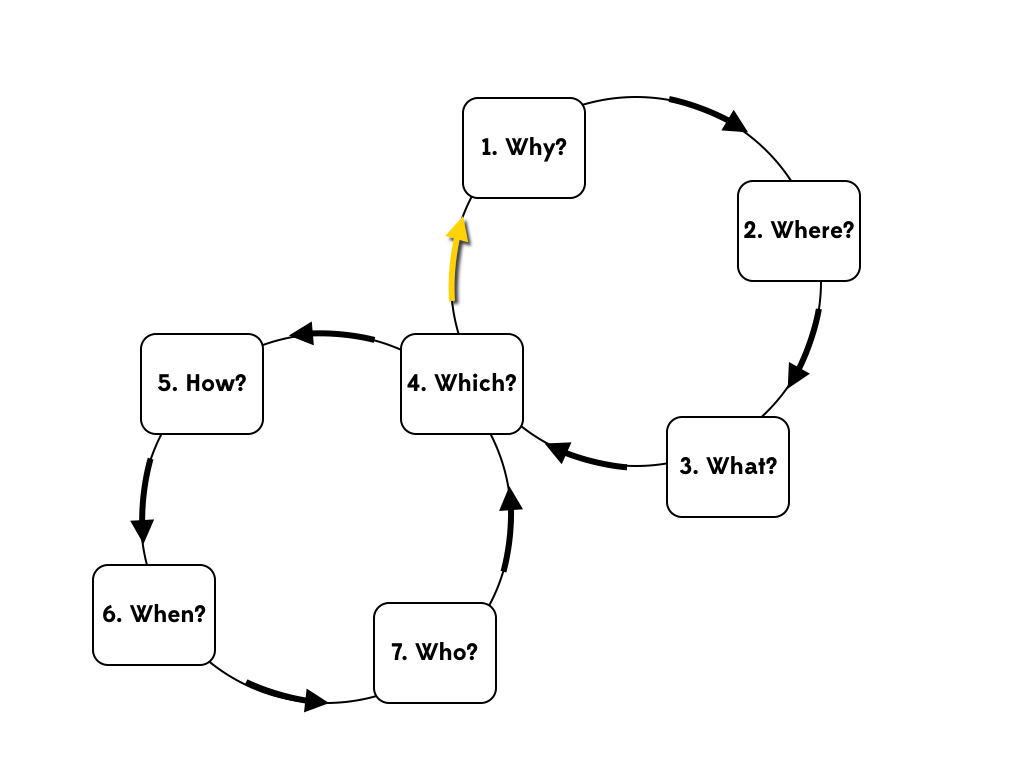When was the last time you failed as a leader? How long ago was it; weeks, days, (hours)? I certainly don’t have to think very far back to find failure.
I was listening to Brené Brown’s excellent book ‘Dare to Lead’ and thought I would take a few minutes to pause and reflect on when my practice of leadership has not lived up to my theoretical ideal. Within minutes I had a scary number of examples. So, in the spirit of writing what you need to read, here as some of my failures.
I have led in various professional contexts for more decades than I care to mention. My experiences as a leader have been some of the most rewarding and enriching in my life, but my time as a leader is also littered with mistakes.
If you want to be a leader, get used to failure! Let me amend that: As a leader get used to failure, and get good at learning from it.
Failing to achieve a task is one thing but I have also frequently failed to maintain my own standards and values. These are the most painful failures of all. So I thought I would start there in terms of sharing.
I have failed through anger, shame, faking it, lack of courage and basically trying to be something I am not. Insecurity has haunted me, in one form or another, the whole time.
So, I’m here to air my dirty washing (that’s what you are waiting for right?) I have started with some from earlier in life and progressed (or regressed) from there. My genuine hope is that by sharing this you can learn from my mistakes and avoid a few yourself. And, if you can’t avoid the mistakes, hopefully we can just learn better together.
“It’s fine to celebrate success but it’s more important to heed the lessons of failure”
Bill Gates
Failure to develop others
Were you in Scouts or Guides when you were younger? I loved being in the Scouts (the Guides would not have me) and it gave me one of my earliest opportunities to lead. As a Cub Scout I rose to the lofty height of ‘Sixer’ with responsibility to lead our team of six (or so) fellow cubs.
So how did I do this? My memories are that my main leadership technique at the time involved the threat of violence. Shocking I know, on so many different levels!
And when I think back I simply ask myself, why on earth did I pick such an approach?
I was not big or strong. Violence was certainly not the approach taken by the leaders and role models around me. Thinking back I have to put it down to my own insecurity. For one reason or another I wanted to appear strong, to be something I was not; so I used the little strength I had in the wrong way. I used it to instil fear, rather than to protect.
I got compliance, but I missed out on the opportunity to create an environment where people felt safe to grow and learn. So much of leadership is about seeing the potential in others and creating the space for them to reach that potential. That is how I should have used my strength.
Failure to discipline others
Anyone else have a position of responsibility at school? One of other early opportunities I had to lead and to learn was as a prefect. In my final year of school, before university, I was one of the top tier prefects with the power to discipline (or punish) fellow pupils. What could possibly go wrong!
There was one particular group of boys in the year below mine who were always giving me (and others) trouble. One day they were walking along with their hands in their pockets, which at that school was practically a capital offence. Yes, it was a strict school. I said something, probably not in the most graceful manner, and I got a less than graceful reply.
I immediately told the group that they would receive a punishment, to be done later that day, which involved re-painting some school equipment.
The punishment did not really fit the crime. There was no real benefit from it for anyone – it wasted all our time. In my eagerness to punish I also did not properly set them up to do the job so I failed in my delegation of the task too.
Looking back I realise that I should not have punished them, I should have disciplined them. And there lies the subtle difference.
I could have done something clever such as tasking them to do the prefect job and for them to have responsibility to set the standards. I could have worked alongside them, setting an example and maybe even winning them around.
A lost opportunity but a lesson learned, by me at least. Discipline and punishment are not necessarily the same. Punishment often happens out of anger and the desire for retribution. Instead, a good leader disciplines people. Not only to maintain standards, but also to help people to develop in character and be disciplined by themselves. I think it took me becoming a parent to truly understand the need to discipline out of love.
Failure to practice what I preach
I have always enjoyed adventurous activities and alongside my more corporate roles I have worked as an expedition leader and outdoor instructor.
One time I was with some friends and instructing them in rock climbing. I was known for being the ‘outdoor guy’ and so was happy to show off my skills. As they were my friends I took a casual approach and did not think to prepare the session or work through what I was going to teach.
Realising I needed to do some basic rope work before we started ascending I decided to demonstrate how to secure yourself to the rock. I did not go through the procedure properly, I just casually clipped in, not paying attention to what I was connecting to and the next second I was falling off the rock and bouncing off the boulders below.
Fortunately it was not a big fall and, apart from a few bruises, the biggest damage was to my pride. All my friends were having a good laugh at my expense.
It is easy to cut corners and tell people to ‘do what I say not what I do’ but in the end this catches you out. I have always aspired to be someone of integrity who ‘walks the talk’ but this is just one case of how I failed to live up to my own standards. I have learned that you can’t take on the role of leader without taking on the responsibility too, even if you are taking the lead among friends or in a more informal setting.
Failure to take criticism
At the start of my professional career I was an Officer in the British Army. My first role was as a Bomb Disposal Officer in the Royal Engineers.
This of course is a fact that I am very proud to share. What I am less proud to share is that I failed one part of my bomb disposal course.
As well as all the theory, to get qualified, we had to conduct bomb disposal tasks under exercise conditions with non-explosive ordnance. We took it in turns to take the lead and after completing a task the instructors would de-brief us on our performance.
I failed on my first task, mainly due to the actions of one of my team members who was under my command. I was told in the de-briefing that I had failed due to my lack of leadership.
That really stung, especially as the instructor for my task happened to be of a more junior rank than me. I was fuming that this person could critique my leadership when I had obviously had more training and practice in leading than they had!
The anger and resentment I felt was carried into further tasks and I ended up failing and having to re-take that aspect of the course.
I have always been sensitive to criticism but I hope I have a more mature way of dealing with it now. Looking back the instructor was not saying I could not lead, just that I could – and should – have led better in that situation. We may have had different preferred styles of leadership but in the end they were right, and even if they weren’t, I should have responded better to the criticism. I acted petulantly and in the end the only person it really hurt was myself.
You need correct data to make effective decisions. The same is true for improving ourselves; we have to get honest feedback if we are going to know how to change for the better. As leaders we must genuinely seek constructive criticism and reflect on how we can do better.
Failure to reflect
To lead requires courage: courage to go, to fail, to learn and to go again.
“Success is not final, failure is not fatal: it is the courage to continue that counts.”
Winston Churchill
If you do not take the time to reflect and learn you are at risk of making the same mistakes. Then, even if we do keep going, we do so at the risk of not achieving our goal or failing the members of our team, and ourselves.
Through much of my time in leadership I have failed to properly reflect and learn from my failures. But I am getting better at it, slowly. The process of writing has really improved this discipline for me.
So, if you are a leader too – in whatever context – I would encourage you to write. Capture some thoughts on what and how you have done; whether it is a private journal, a slightly less private blog, or writing an article like this for the whole world to see!
When I started drafting this I had a long list of examples and I have only expanded on the first few. There are many more! If this post is helpful then I am very happy to continue on and share some more experiences so do let me know.


